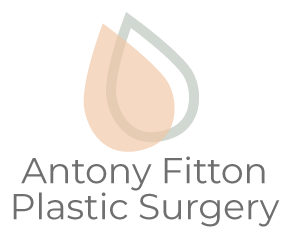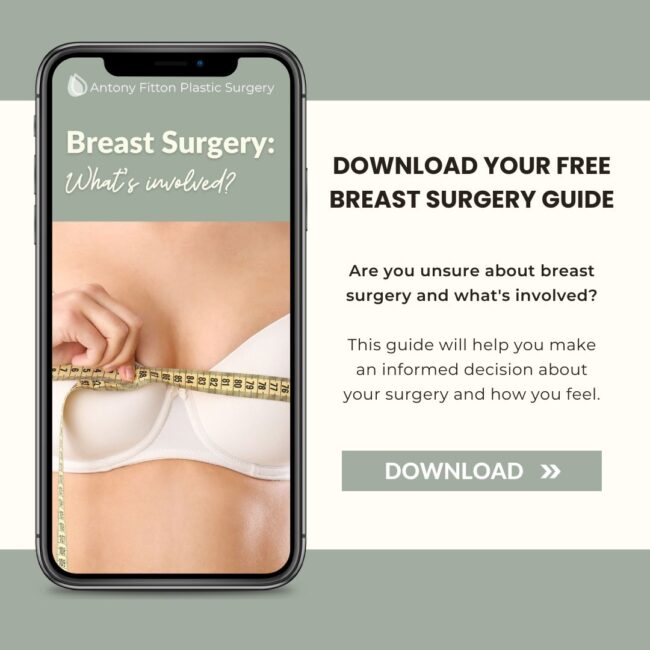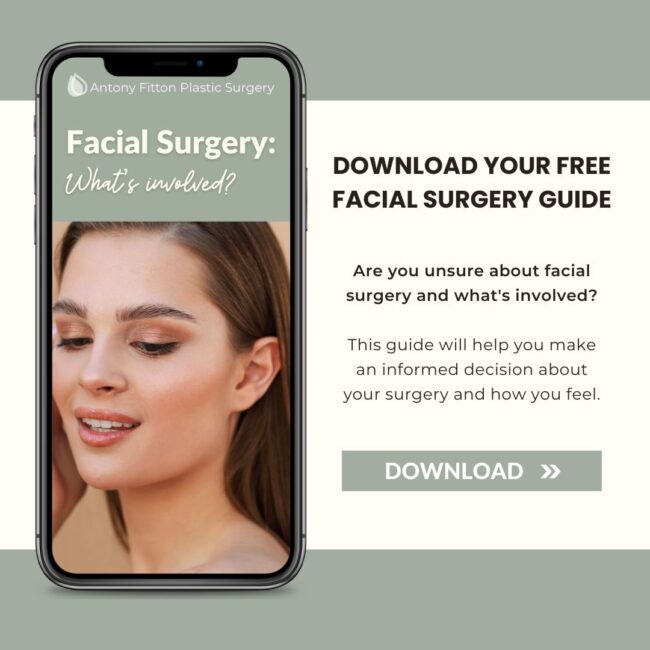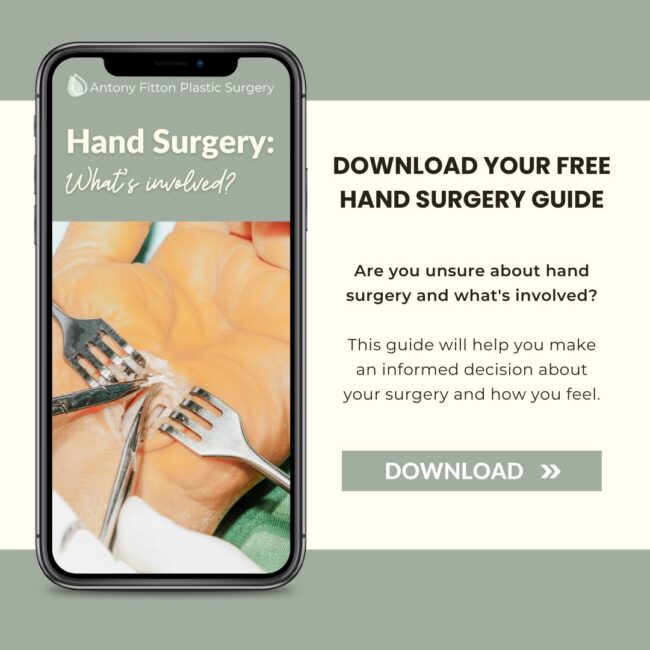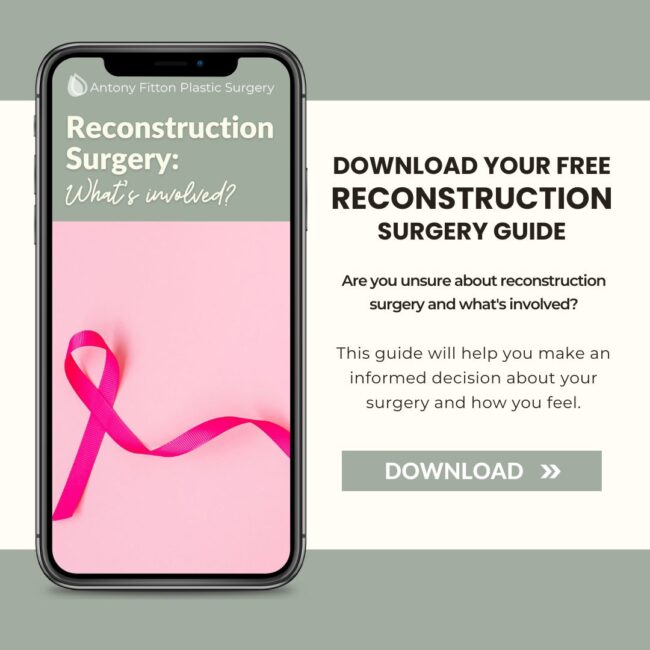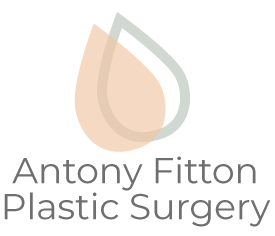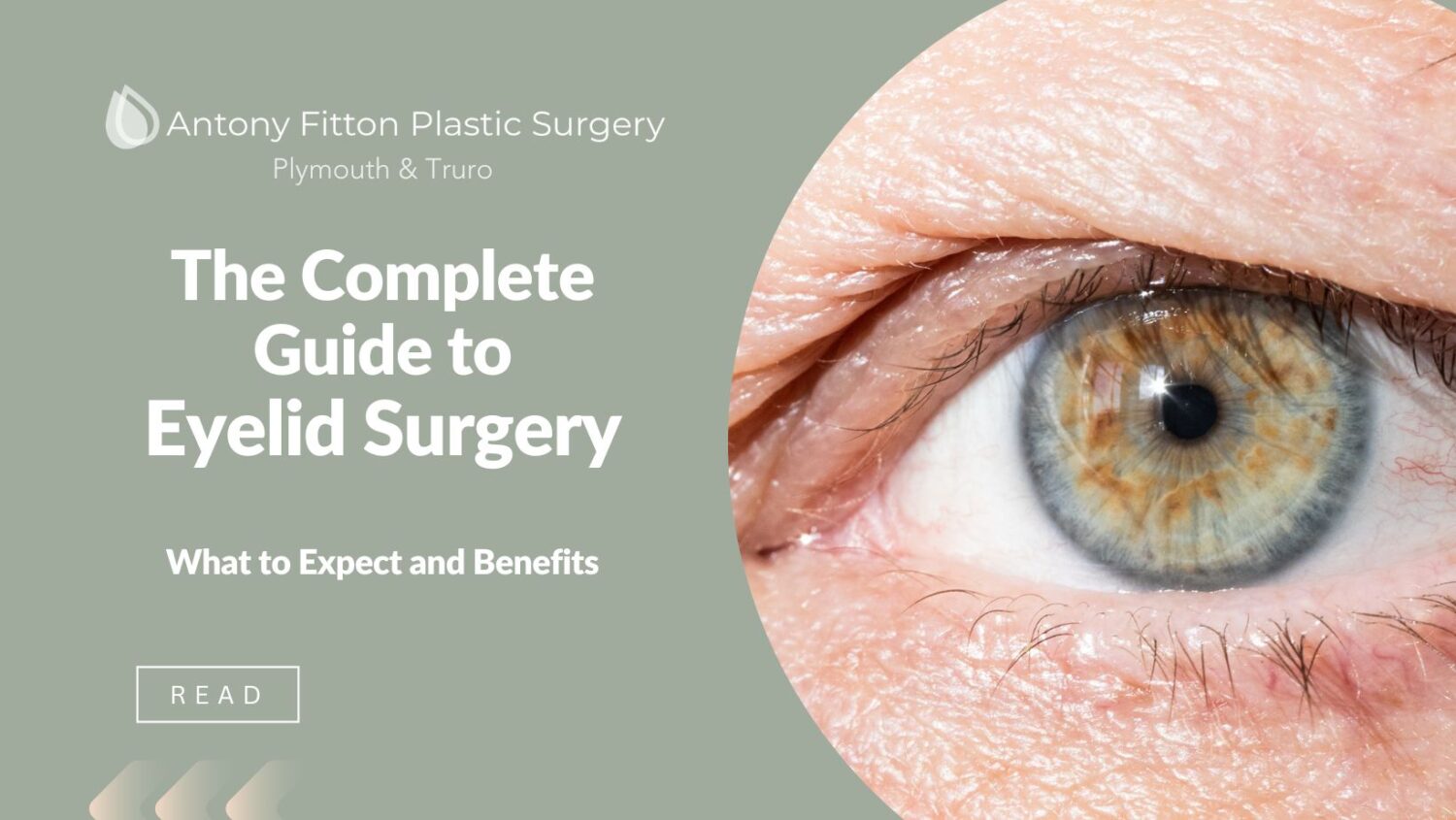
The Complete Guide to Eyelid Surgery: What to Expect and Benefits
Blepharoplasty, commonly referred to as eyelid surgery or eye bag removal, is a specialised form of cosmetic surgery aimed at enhancing the appearance of the eyelids. This procedure is popular for those wanting to rejuvenate their facial appearance by addressing sagging or puffy eyelids.
Blepharoplasty can be performed on either the upper or lower eyelids, or both, based on individual needs. The benefits of this surgery extend beyond aesthetic improvements, as it can also aid functional issues such as impaired vision caused by drooping eyelids. Overall, the procedure promises youthful revitalisation and improved confidence with minimal downtime.
Understanding Blepharoplasty
What is Eyelid Surgery?
Eyelid surgery, medically known as blepharoplasty, is a cosmetic or functional surgical procedure aimed at rejuvenating the appearance of the eyelids. It can involve the removal or repositioning of excess skin and fat from the upper or lower eyelids. This procedure addresses issues such as droopy upper eyelids, puffiness, bags under the eyes, and loose skin that can impact vision or the overall aesthetic look of the eyes. The process involves local anaesthesia, and most surgeries are performed on an outpatient basis, allowing patients to return home the same day.
Types of Eyelid Surgery
Blepharoplasty can be categorised into different types, each designed to target specific concerns:
– Upper Eyelid Surgery: This is primarily aimed at correcting sagging upper eyelids, which can sometimes impair vision. The surgeon removes excess skin and, if necessary, corrects muscle prolapse to create a more alert and youthful appearance.
– Lower Eyelid Surgery: Focused on reducing puffiness and bags under the eyes, this procedure involves the precise removal or repositioning of fat and possibly tightening of the lower eyelid skin.
– Double Eyelid Surgery: Especially popular in certain Asian cultures, this technique creates a distinct upper eyelid crease for those who desire it, enhancing the definition of the eyes.
– Transconjunctival Blepharoplasty: Reserved for patients with only excess fat and not much skin sagging, this method involves making incisions inside the lower eyelid, thus leaving no visible scars.
Who is a Suitable Candidate?
Not everyone is automatically ideal for eyelid surgery, and candidacy largely depends on several factors:
– Good General Health: Candidates should be in good physical health, free of serious eye conditions such as glaucoma or retinal detachment.
– Non-smokers: Smoking can hinder the healing process and increase the risk of complications. Ideal candidates need to abstain from smoking well before and after the surgery.
– Realistic Expectations: Patients should harbour realistic expectations concerning the outcomes of the surgery. Although blepharoplasty can significantly improve the appearance of your eyes, it will not drastically alter facial structure.
– Aging Concerns: Typically, candidates are over the age of 35, as this is when signs of ageing around the eyes often become more pronounced. However, in cases of genetic predispositions, younger individuals may also be candidates.
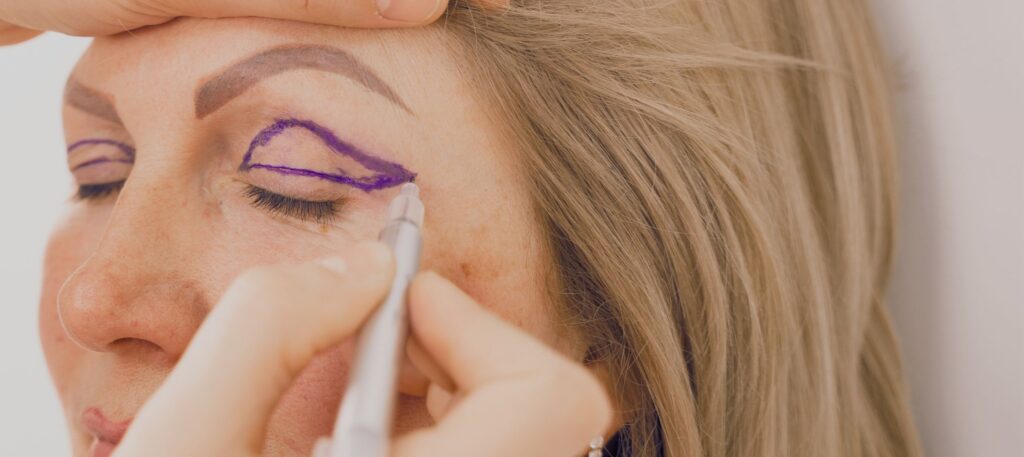
Benefits of Eyelid Surgery
Enhanced Appearance and Confidence
One of the primary advantages of undergoing eyelid surgery is the noticeable enhancement in one’s appearance. By eliminating sagging skin, droopy eyelids, and stubborn under-eye bags, the procedure refreshes the overall facial aesthetics, contributing to a more rested and youthful look. This transformation often results in a significant boost in self-esteem and confidence, enabling individuals to face daily interactions with a rejuvenated outlook.
Improved Vision
Besides aesthetic improvements, eyelid surgery offers functional advantages, particularly in cases where excessive upper eyelid skin hinders vision. Excess sagging skin can create a field-of-vision impairment, impacting day-to-day tasks such as reading or driving. Corrective eyelid surgery effectively removes this barrier, thereby enhancing the peripheral vision and improving overall ocular function.
Long-lasting Results
Blepharoplasty is reputed for providing long-lasting benefits, with results that can endure for over a decade, especially when complemented by a healthy lifestyle and skin-care regimen. While the natural ageing process cannot be halted, the effects of eyelid surgery are enduring, making it a worthwhile investment for those seeking sustained facial rejuvenation. Subsequent procedures may be considered, but many find that further surgery is not necessary for quite some time, maintaining their revitalised appearance long after the initial recovery period.
Eyelid surgery offers a compelling blend of cosmetic and practical benefits, tailoring a fresher, sharper look that stands the test of time, all while enhancing daily life through improved vision and self-assurance.

The Blepharoplasty Procedure
Blepharoplasty, commonly referred to as eyelid surgery or eyebag removal, is designed to enhance the appearance of the eyes by addressing issues such as drooping eyelids and under-eye bags. This section delves into the procedure, highlighting the stages from consultation through to recovery, and also explores the different surgical techniques employed.
Initial Consultation and Preparation
The blepharoplasty journey typically begins with an initial consultation with a qualified plastic or cosmetic surgeon. During this meeting, the surgeon will assess the patient’s medical history, overall health, and specific concerns about their eyelids. The consultation is a vital step as it allows the surgeon and patient to set realistic goals and align expectations.
Preparation for blepharoplasty often involves a series of pre-operative guidelines provided by the surgeon, including:
– Avoiding certain medications and supplements: Patients may need to discontinue certain blood-thinning drugs and herbal supplements that could increase bleeding risks.
– Ceasing smoking: Smoking can adversely affect the healing process, so cessation is crucial several weeks before surgery.
– Arranging post-operative care: Ensuring someone is available to drive the patient home and assist them following the surgery is important for a smooth recovery process.
Surgical Techniques Used
Blepharoplasty can be performed through various techniques, predominantly based on the specific requirements of the patient, whether it be on the upper eyelid, lower eyelid, or both. Commonly used techniques include:
– Upper Eyelid Surgery: This involves making an incision along the natural crease of the upper eyelid to remove or reposition excess skin, muscle, and sometimes fat.
– Lower Eyelid Surgery: Here, the surgeon may make an incision just below the lower lash line or on the inside of the eyelid. This technique corrects under-eye bags by removing or redistributing fat.
– Transconjunctival Approach: Particularly used for patients who do not need skin removed, this technique involves incisions made within the eyelid, leaving no visible scars.
Selecting the appropriate technique is integral to achieving the desired aesthetic outcome while minimising visible scarring.
Recovery and Aftercare
Recovery from eyelid surgery is generally swift, with most patients resuming normal activities within two weeks. However, specific aftercare protocols should be adhered to, ensuring optimal healing. These include:
– Elevation and Cold Compresses: Keeping the head elevated and applying cold compresses can help reduce swelling and bruising.
– Medications: Mr Fitton may prescribe medications to alleviate pain and minimise the risk of infection after the procedure.
– Avoiding Strenuous Activities: Patients should refrain from heavy lifting and rigorous exercise for several weeks post-surgery to allow the body to heal.
– Follow-up Appointments: Regular follow-ups with Mr Fitton will ensure your recovery is on track and address any concerns that may arise
Potential Risks and Complications
As with any surgical procedure, blepharoplasty carries certain risks and potential complications. Common risks include infection, bleeding, and scarring. Additionally, patients might experience temporary issues such as dry eyes or difficulty closing their eyes completely.
Rare, but possible complications include impaired vision or changes in eyelid position. While these rare occurrences may sound daunting, selecting a competent and experienced surgeon greatly mitigates such risks.
Prospective patients must discuss potential side effects in depth with their surgeon during the consultation phase. This ensures they are thoroughly informed and comfortable with the procedure and understand the importance of following all pre- and post-surgical advice provided by their healthcare professional.
Blepharoplasty, or eyelid surgery, offers individuals the opportunity to refresh their appearance and boost their self-confidence. Whether your goal is to remove droopy eyelids, eliminate pesky eyebags, or enhance overall facial harmony, this procedure can provide effective and lasting results. However, it is crucial to approach plastic surgery with realistic expectations and to thoroughly research potential surgeons.
Ensure your chosen professional is highly qualified and experienced in cosmetic surgery. By doing so, you can secure a successful and satisfying outcome for your eyelid rejuvenation journey.
Next Steps…
Once the decision to pursue eyelid surgery or eyebag removal has been made, the next steps are crucial for a smooth journey.
Begin by consulting a board-certified plastic surgeon to discuss your specific concerns and desired outcomes. This initial consultation will also allow you to review your medical history and assess the need for any pre-operative tests. It is vital to understand the procedure, risks, recovery expectations, and costs involved.
Preparing for post-operative care is equally important; arrange for someone to assist you at home during the initial recovery period. Adhering to Mr Fittons instructions will foster optimal healing and results.
Plastic surgery can be a life-changing decision, offering both cosmetic and functional benefits.
However, it is crucial to have accurate information and realistic expectations. Consulting with a certified and experienced plastic surgeon is the best course of action to ensure you receive personalised advice and clear answers to any queries.
– Educate Yourself: Research procedures thoroughly.
– Prepare for Recovery: Understand the time and effort needed for healing.
– Prioritise Your Safety: Choose reputable clinics and experienced professionals.
Ultimately, informed decision-making plays a vital role in achieving satisfactory results in any cosmetic procedure.
For a no-obligation quote
For a no-obligation quote, tailored specifically to you, please book in for your consultation with Mr Fitton. Your requirements will be discussed in full confidence in a friendly and relaxed atmosphere.
Following your consultation, the price you are quoted includes everything and there are no extra or hidden costs. Advice, treatment and aftercare are all part of our package to ensure your experience is positive from beginning to end.
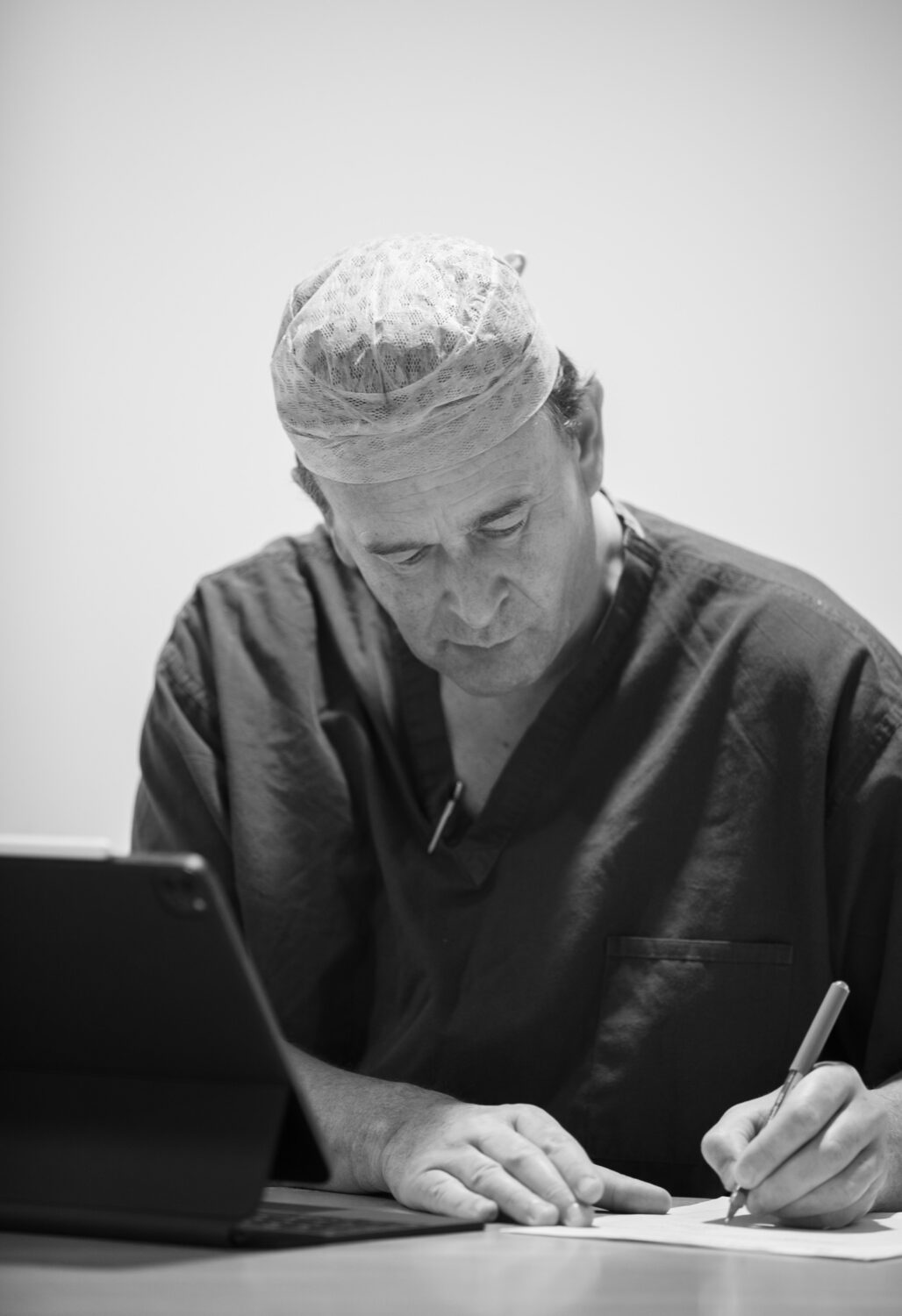
About your Plastic Surgeon: Mr Antony Fitton
MB, BS(hons)., MD., FRCS(eng)., FRCS(plast).
Mr Antony Fitton qualified at the Royal London Hospital in 1989 with distinction in Surgery. He holds an MB, BS(Hons)., MD., FRCS(eng). and FRCS(plast). (Fellowship at the Royal College of Surgeons).
He is a member of BAPRAS (British Association for Plastic, Reconstructive and Aesthetic Surgeons), BAAPS (British Association for Aesthetic Plastic Surgeons), and BSSH (British Society for Surgery of the Hand).
Mr Fitton has received the Paton & Masser Award and the CM Matthews Award from the Royal College of Surgeons of England for his research in nerve injury.
Mr Fitton is licensed as a Plastic and Reconstructive Surgeon by the GMC.

- 0% Finance Available
- Consultations and treatments are available at either the Nuffield Health Hospital, Plymouth or the Duchy Hospital, Truro
- Care Quality Commission Regulated
- GMC Specialist Registered Surgeon
- BAPRAS, BAAPS and BSSH member
- Registered MD
Life-changing result
"I just wanted to thank you (and your team) for the life-changing result of my top surgery. This will provide me with the freedom that I’m excited to enjoy, including being able to go swimming and actually staying cool in summer! All jokes aside, you have helped to mark a new chapter in my life, for which I am incredibly grateful… ALL the best."
Our appearance has an impact on how others perceive us. We are experts in creating an improved version of you. You can click on the procedure below for more information.
Body surgery (or contouring) can involve all or one of the following, with a prime focus on areas such as the buttocks, tummy, thighs, arms, and breasts. Click on the links below for more information.
There are several different types of hand surgery but all aim to restore functionality while making the hand look as normal as possible. Click on the links below for more information.

Should I Lose Weight Before a Tummy Tuck?
Discover if you should I lose weight before a tummy tuck and if it can enhance your surgery results
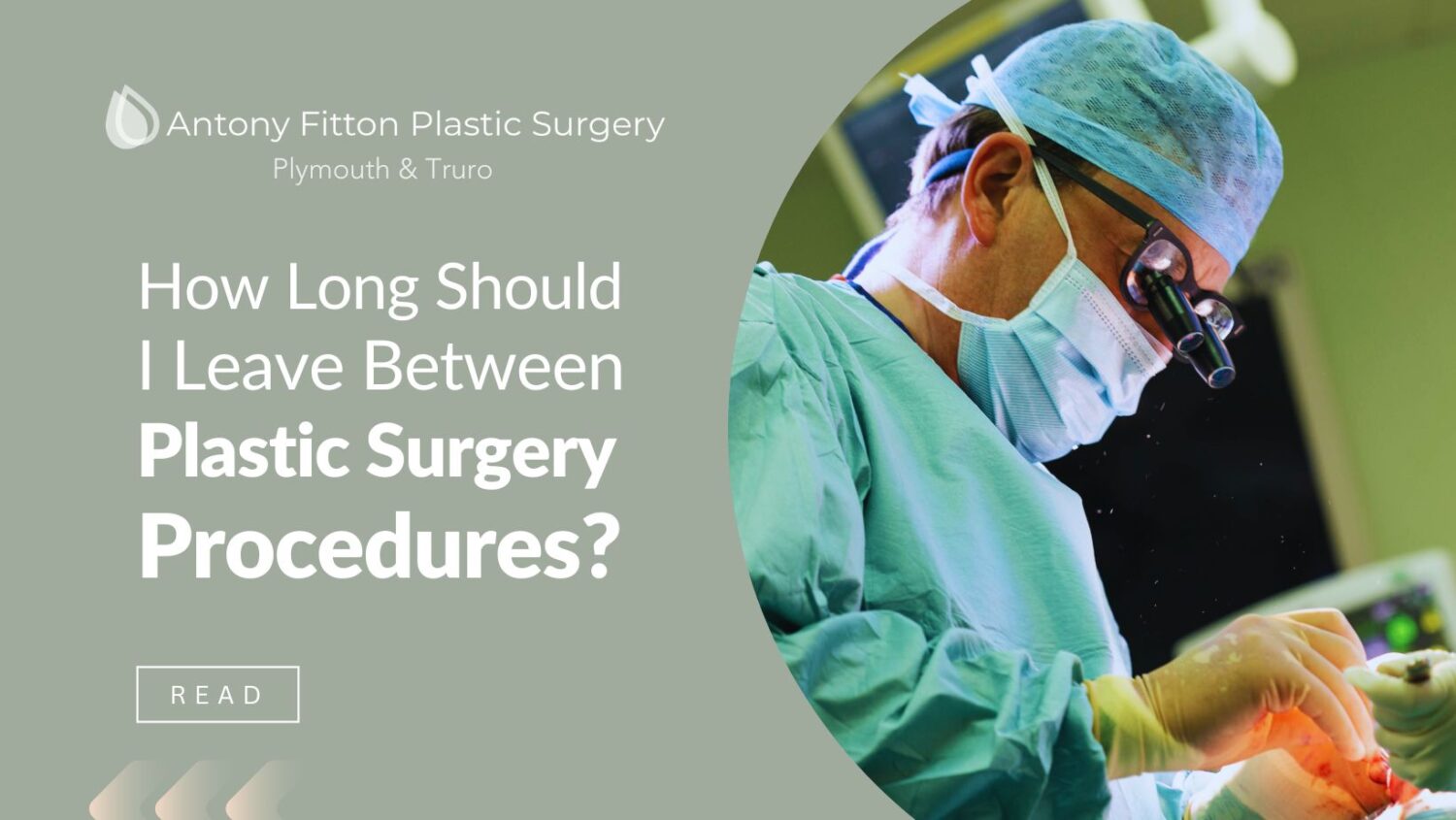
How Long Should I Leave Between Plastic Surgery Procedures?
Discover how long you should leave between plastic surgery procedures for optimal recovery and effec
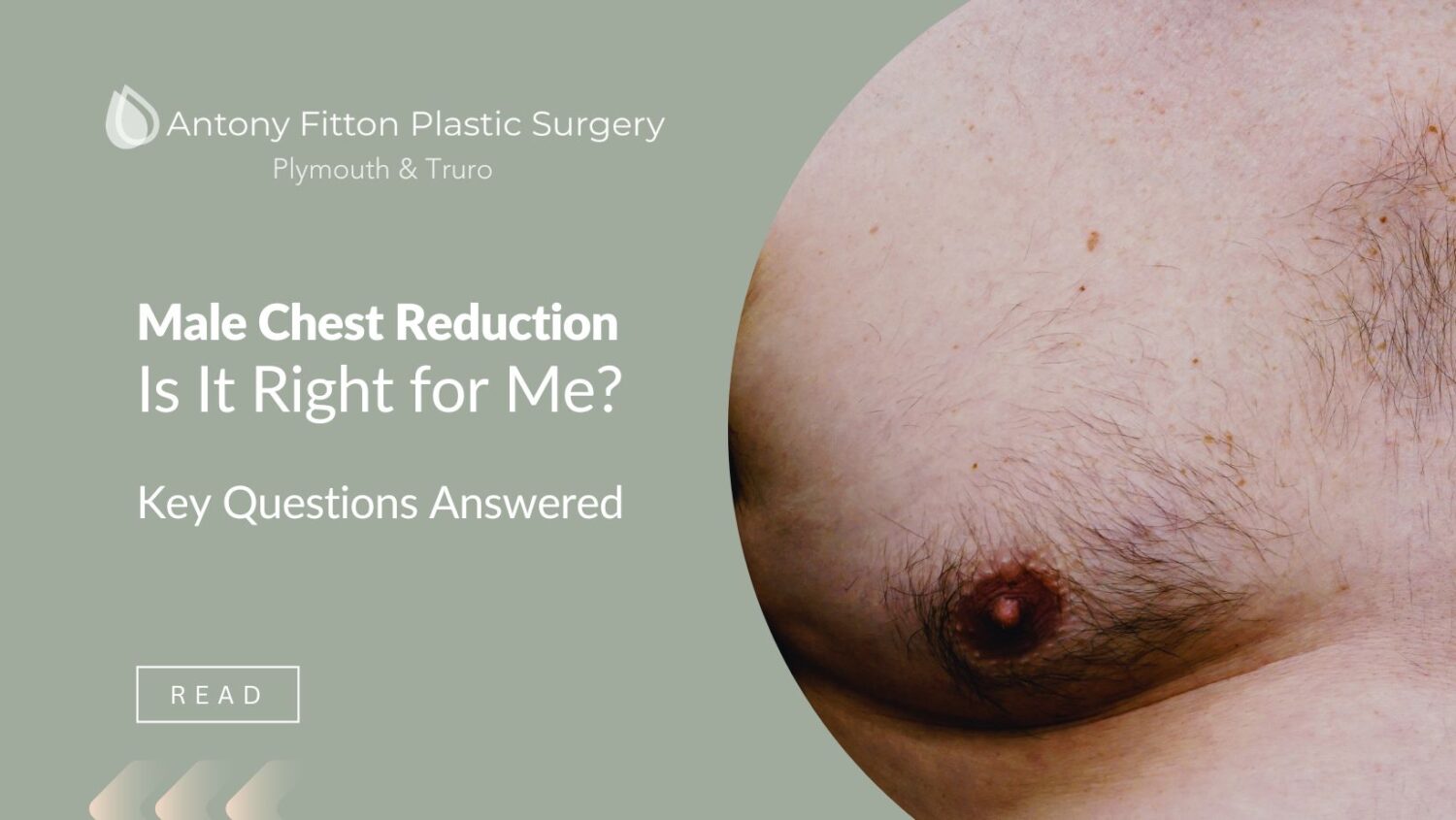
Is Male Chest Reduction Right for Me? Key Questions Answered
Is Male Chest Reduction Right for You? This blog answers crucial questions on gynecomastia surgery s



